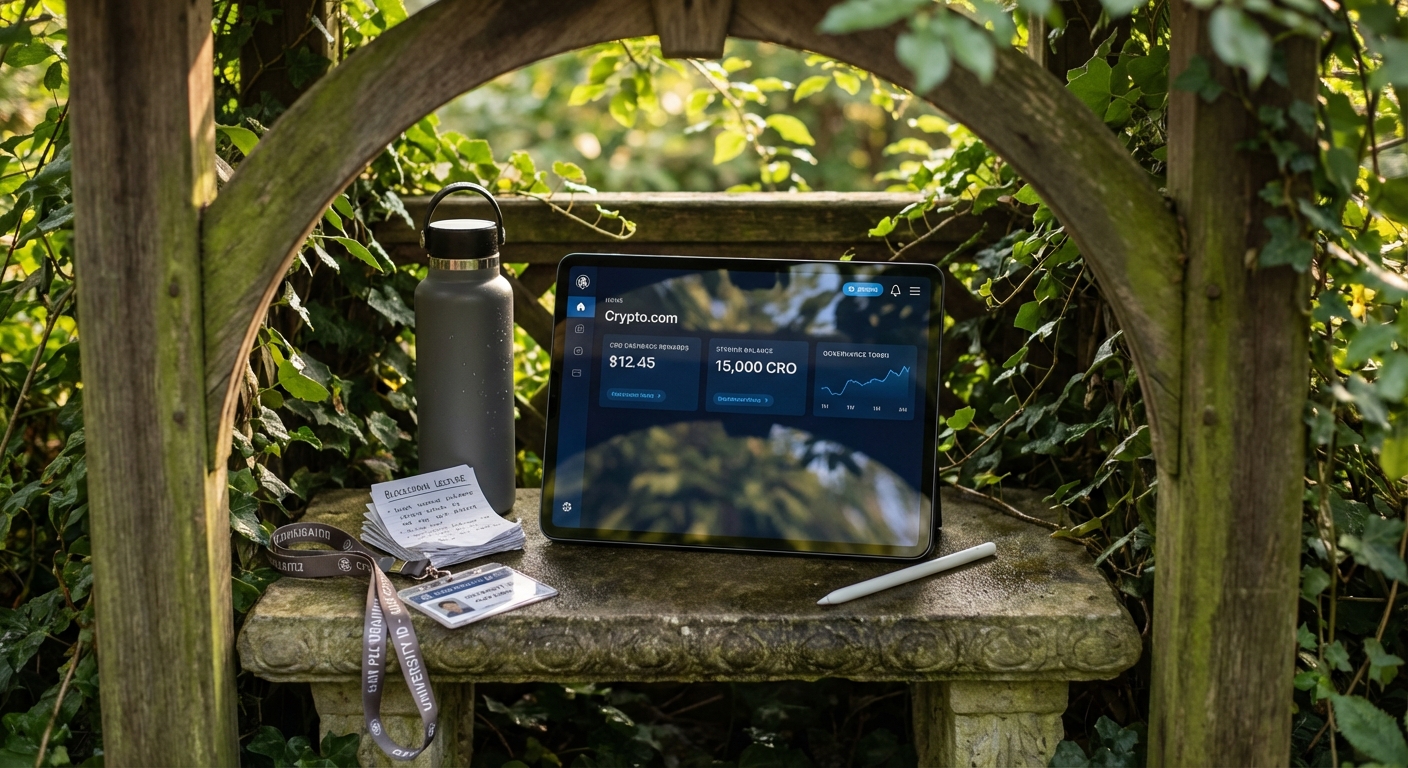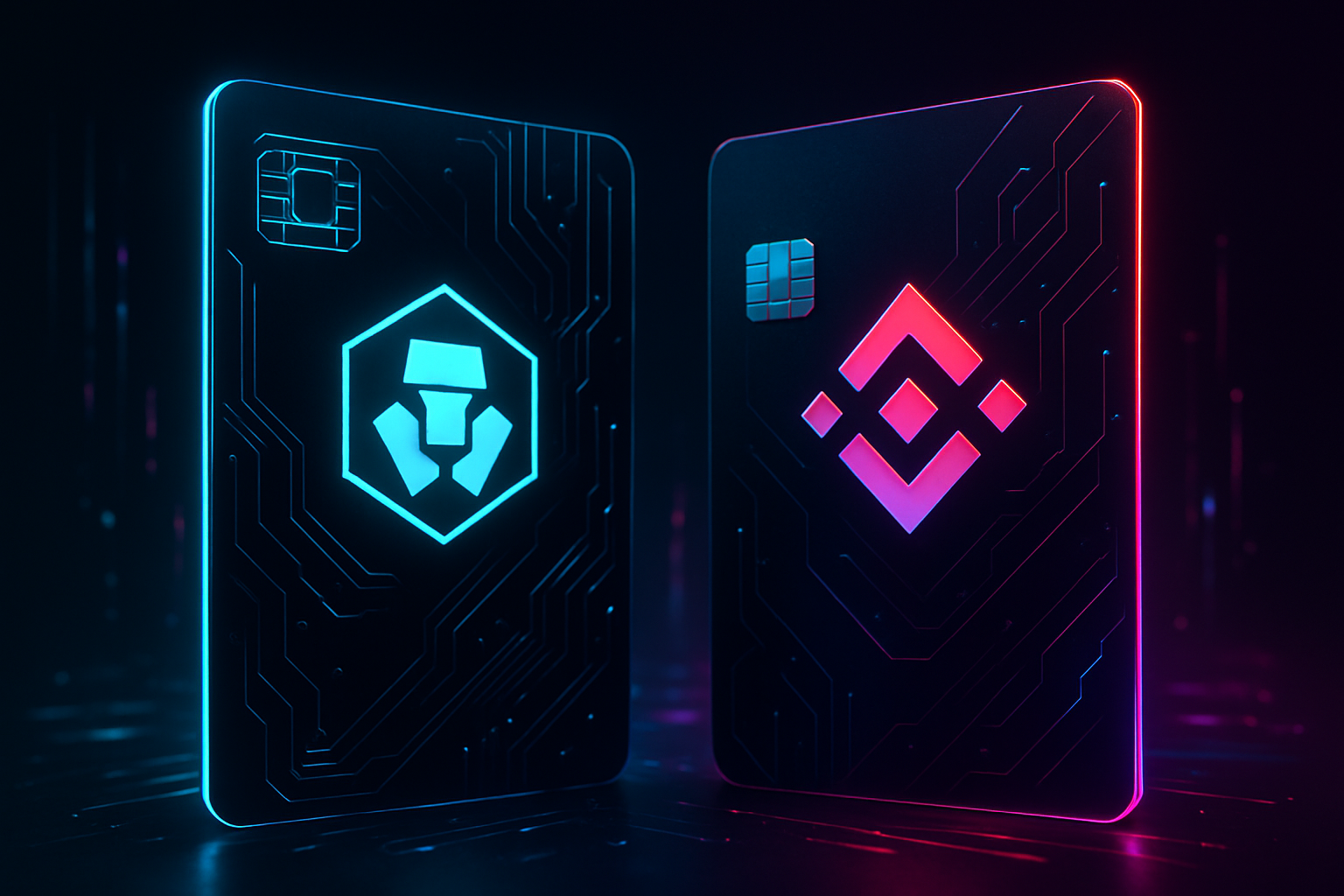
Crypto rewards cards are evolving rapidly, and the focus on governance token rewards is sharper than ever. For active DeFi users and investors seeking both financial upside and a voice in protocol governance, understanding the nuances between major offerings is essential. Two cards dominate this space: the Crypto. com rewards card, which leverages Cronos (CRO), and the Binance Card, which centers on Binance Coin (BNB). Each card offers distinct reward structures, token utility, and governance potential. Let’s break down how they stack up in today’s market.
Governance Token Rewards: Structure and Flexibility
Crypto. com has built its Visa card program around CRO, offering a tiered system where staking more CRO unlocks higher cashback rates and additional perks. The top Obsidian tier requires a $400,000 CRO stake for 6.5% back in CRO during the first year (dropping to 5% after), while entry-level Ruby Steel needs just $400 for 2% back. However, rewards are subject to monthly caps, credited weekly, and come with a mandatory 180-day lockup period for staked tokens. Early unstaking triggers a lengthy 36-day unbonding window where no rewards accrue, a critical detail for those seeking liquidity.
Binance Card, by contrast, dispenses with staking requirements entirely. Your cashback percentage is determined solely by your average BNB holdings: from 1% at zero BNB up to 6% at a hefty 200 BNB balance (currently worth nearly $200,000 at the present $991.76 per BNB). Rewards are credited daily in BNB directly to your Binance account, with no lockups or waiting periods, offering greater flexibility for users who value access to their funds.
Comparing Real-World Value: Staking vs Holding
The difference between staking CRO versus holding BNB isn’t just about yield, it shapes your experience as an investor and user. Staking CRO on Crypto. com locks you into their ecosystem but unlocks premium benefits like unlimited Spotify/Netflix rebates or airport lounge access on higher tiers. For heavy spenders willing to commit capital long-term, these perks add tangible value atop competitive cashback rates.
With Binance Card, you retain full control over your BNB without any lockup risk or opportunity cost from illiquidity. The daily reward payout model appeals to active traders or those wary of volatile markets, especially as BNB’s price can swing rapidly (currently $991.76; up marginally within today’s range of $980.71–$1,001.56). This structure also means you can dynamically adjust your holdings based on market conditions without penalty.
CRO vs BNB: Price Action and Governance Power
The real power of these cards comes from their underlying tokens’ dual role as both rewards currency and governance asset within their respective ecosystems:
- Cronos (CRO): At its current price of $0.232966, CRO’s value proposition hinges on both its use as card rewards and its influence in Crypto. com’s DeFi suite, including voting rights in protocol upgrades or new product launches.
- Binance Coin (BNB): Priced at $991.76, BNB not only powers card cashback but also holds weight in Binance Smart Chain proposals and platform fee reductions, making it integral for those deeply embedded in the Binance ecosystem.
This dual utility means that earning governance tokens through everyday spending isn’t just about passive income, it’s about accumulating influence over platforms shaping the future of DeFi.
CRO and BNB Price Prediction Table (2026-2031)
Forecasts based on current market conditions, adoption trends, and competitive landscape as of Q4 2025.
| Year | CRO Minimum Price | CRO Average Price | CRO Maximum Price | BNB Minimum Price | BNB Average Price | BNB Maximum Price | Year-over-Year Change (%) |
|---|---|---|---|---|---|---|---|
| 2026 | $0.18 | $0.26 | $0.38 | $850 | $1,050 | $1,200 | +4% (avg) |
| 2027 | $0.16 | $0.28 | $0.46 | $800 | $1,200 | $1,400 | +8% (avg) |
| 2028 | $0.22 | $0.36 | $0.62 | $900 | $1,350 | $1,650 | +13% (avg) |
| 2029 | $0.30 | $0.48 | $0.78 | $1,050 | $1,550 | $1,900 | +15% (avg) |
| 2030 | $0.38 | $0.62 | $1.04 | $1,200 | $1,750 | $2,200 | +13% (avg) |
| 2031 | $0.31 | $0.58 | $1.12 | $1,050 | $1,690 | $2,350 | -3% (avg, cyclical) |
Price Prediction Summary
CRO and BNB are projected to see moderate, cyclical growth through 2031, with periods of acceleration driven by crypto adoption, card rewards programs, and evolving DeFi use cases. BNB is expected to maintain a higher price trajectory due to Binance’s dominant market position and ongoing ecosystem expansion. CRO shows potential for higher volatility and price spikes, especially if Crypto.com successfully expands its consumer and DeFi offerings. Both tokens may experience corrections in bearish macroeconomic or regulatory scenarios.
Key Factors Affecting Crypto.com Coin Price
- Adoption rates of crypto-backed debit cards and ecosystem growth for both Crypto.com and Binance.
- Global regulatory clarity and developments, especially regarding crypto cards and staking.
- Competitive landscape: entry of new exchanges or card providers and technological innovation.
- Market cycles typical to crypto (bull/bear markets) impacting investor sentiment.
- Tokenomics changes such as staking rewards, burn mechanisms, or supply adjustments.
- Macro factors including global financial conditions, inflation, and fiat-crypto onramps.
- Security events or major hacks impacting user trust and token value.
Disclaimer: Cryptocurrency price predictions are speculative and based on current market analysis.
Actual prices may vary significantly due to market volatility, regulatory changes, and other factors.
Always do your own research before making investment decisions.
User Experience and Community Sentiment
The community perspective often reveals what charts cannot:
- Crypto. com is praised for consumer-friendly perks but critiqued for complex staking rules and occasional reward nerfs.
- Binance Card draws fans for simplicity and liquidity but faces scrutiny over regional restrictions and limited extra benefits beyond pure cashback.
For users weighing the Crypto. com rewards card against the Binance card governance rewards, the decision often comes down to a blend of personal spending habits, long-term crypto strategy, and appetite for governance participation. Both cards enable you to earn tokens that can be staked, delegated, or used to vote on protocol decisions, but the path to those rewards differs sharply.
DeFi Rewards: Maximizing Governance Potential
If your goal is to maximize DeFi rewards and have a direct say in protocol evolution, consider how each ecosystem leverages its governance token:
- CRO (Crypto. com): Beyond card rewards, CRO is central to Crypto. com’s DeFi products. Holders can participate in governance votes that shape platform features and fee structures. However, staking requirements are high at upper tiers provides $400,000 for Obsidian, and the unbonding period limits flexibility if you need liquidity quickly.
- BNB (Binance): BNB holders not only earn daily cashback but also benefit from Binance Smart Chain’s active proposal system. There’s no lockup, so users can respond rapidly to market events or governance opportunities. For those who prioritize agility and want exposure to one of DeFi’s largest ecosystems, this is a significant advantage.
CRO vs BNB: Governance Token Rewards Compared
-
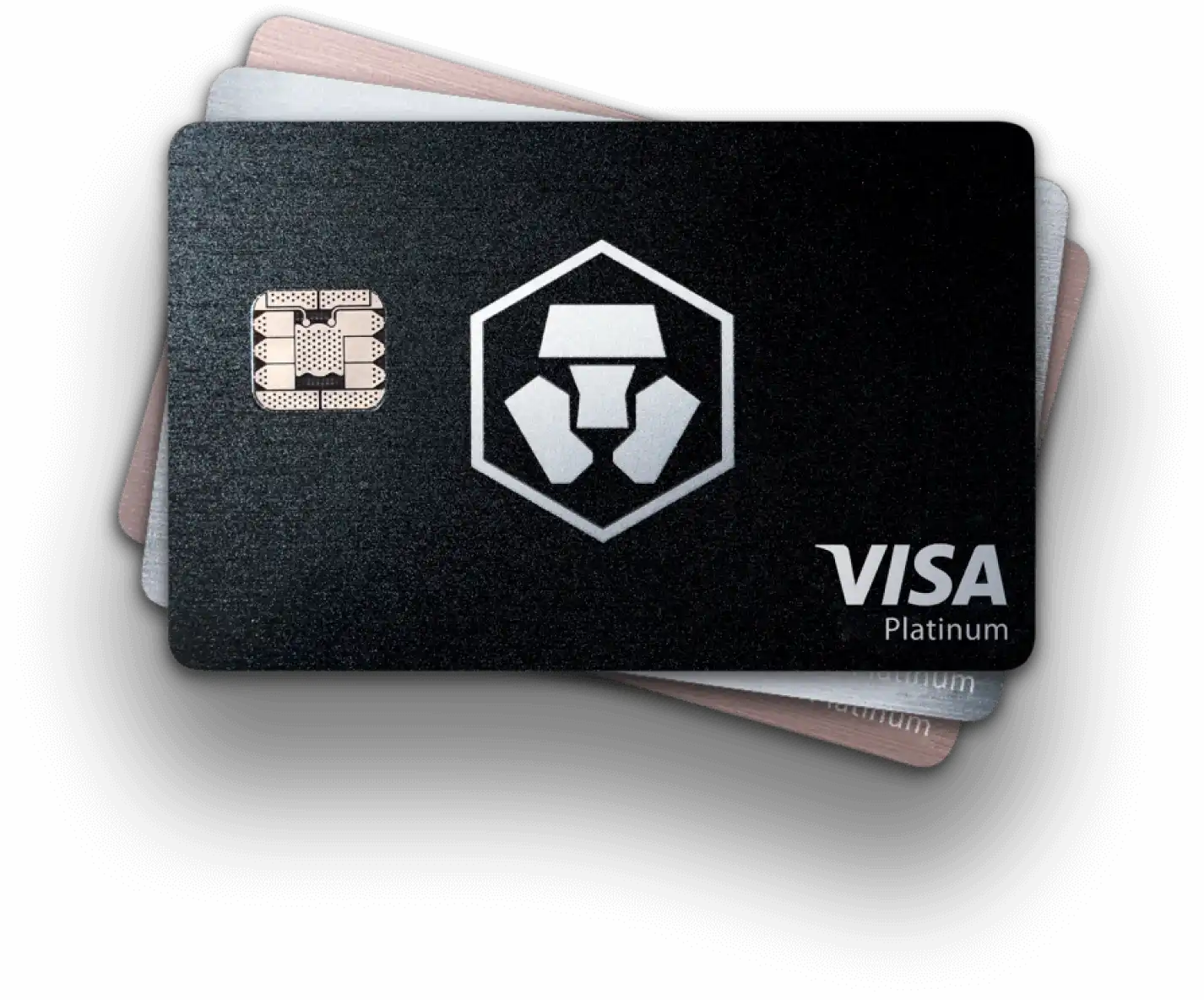
Crypto.com Card (CRO): Tiered Staking for Higher RewardsCrypto.com’s Visa card rewards are based on the amount of Cronos (CRO) staked. Higher tiers require more CRO (priced at $0.232966 as of September 19, 2025) and offer up to 6.5% back in CRO for the first year. Top tiers (Obsidian, Icy White/Frosted Rose Gold) also include perks like unlimited Spotify/Netflix rebates and airport lounge access. Rewards are credited weekly and subject to monthly caps.
-

Binance Card (BNB): Flexible Holdings, Daily CashbackThe Binance Visa card offers cashback in Binance Coin (BNB), with rewards based on your BNB balance (currently $991.76). No staking is required—simply hold more BNB for higher rates, up to 6% daily cashback. Tiers start at 1% (0 BNB) and reach 6% (200+ BNB). Cashback is credited daily, and Binance occasionally runs promotional boosts.
-

DeFi Governance Participation: CRO vs BNB UtilityBoth CRO and BNB serve as governance tokens in their ecosystems. CRO holders can participate in Cronos Chain proposals, while BNB holders vote on Binance Smart Chain governance. However, card rewards themselves do not grant direct voting rights—users must interact with DeFi platforms to exercise governance.
-
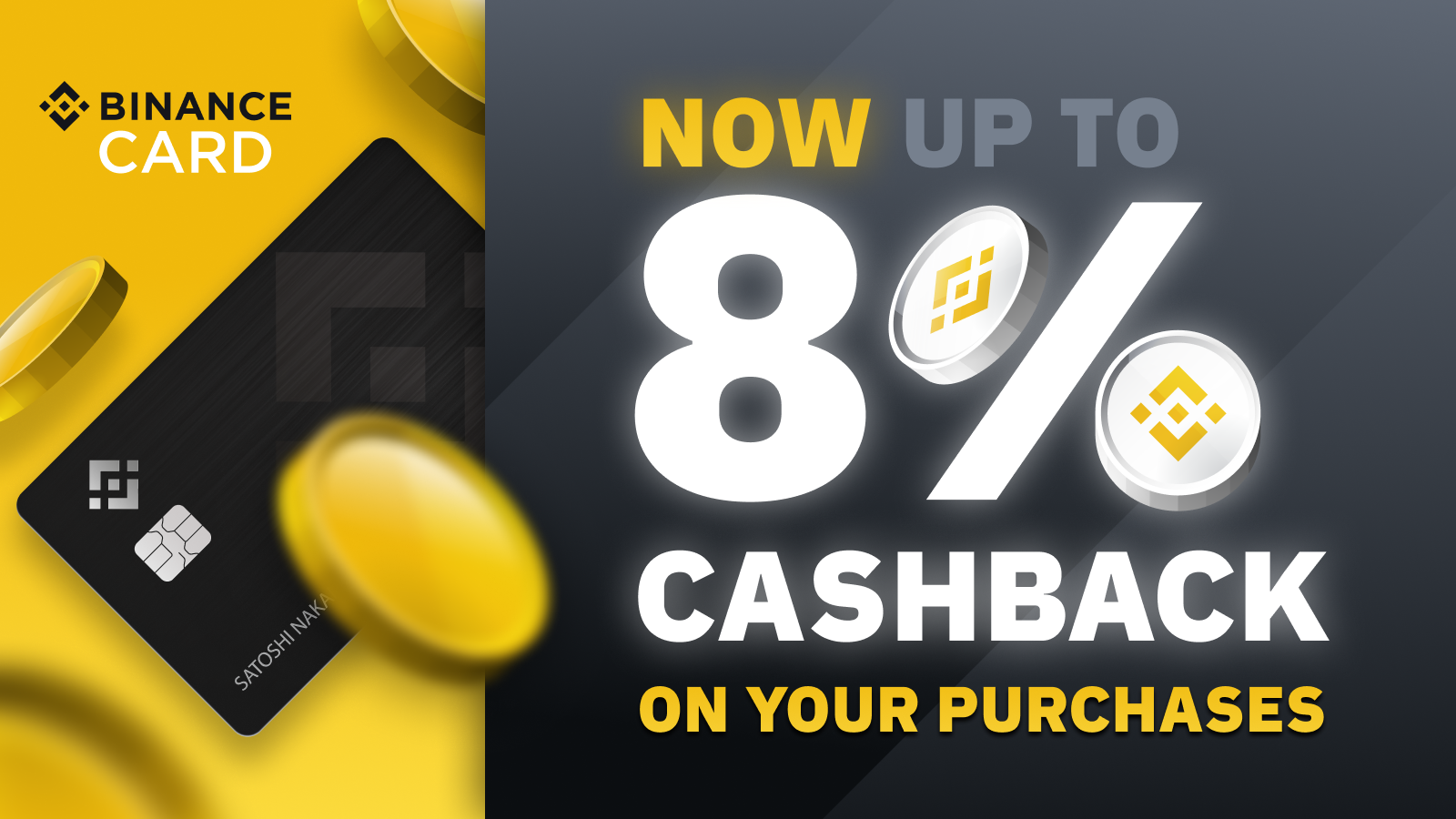
Reward Flexibility and Lockup RequirementsWith Crypto.com, CRO must be staked for 180 days to unlock higher rewards, and early unstaking triggers a 36-day unbonding period without rewards. In contrast, Binance Card rewards are based on BNB holdings—no lockup, just maintain your balance to earn cashback.
-
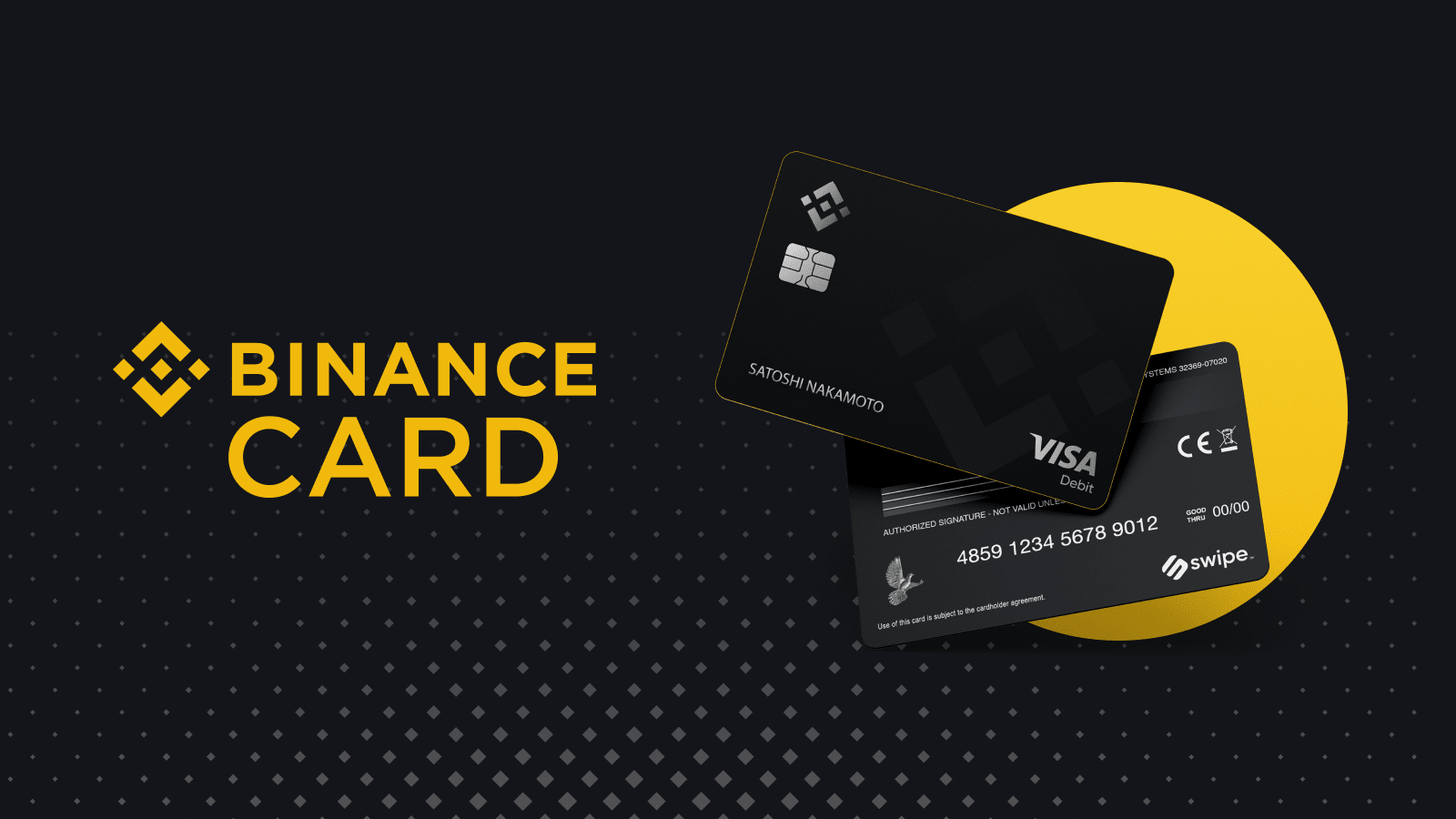
Additional Perks and LimitationsCrypto.com offers extra perks (Spotify/Netflix rebates, lounge access) at higher tiers, but imposes monthly reward caps and weekly payouts. Binance Card focuses on straightforward cashback, credited daily, with occasional promotional events but fewer lifestyle perks.
Key Considerations: Fees, Accessibility, and Security
While reward rates are headline-grabbing, don’t overlook practical factors:
- Fees: Both cards tout no annual or foreign transaction fees, an edge for frequent travelers and digital nomads.
- Accessibility: Crypto. com’s Visa is available in more regions than Binance Card as of September 2025. Binance Card still faces roll-out delays in some markets due to regulatory hurdles.
- Security: Both platforms implement robust security protocols; however, Binance’s longer track record may inspire greater confidence among risk-averse users.
CRO ($0.232966) vs BNB ($991.76): Which Token Offers More Upside?
The price differential between CRO and BNB is stark, and so are their potential upsides. With CRO at $0.232966, smaller investors can accumulate significant amounts through spending alone. BNB’s current price of $991.76 means even modest cashback percentages translate into meaningful fiat value, but requires much larger holdings for top-tier rates.

If you’re bullish on either ecosystem’s future, whether it’s Crypto. com’s expanding suite of services or Binance Smart Chain’s dominance, your card choice becomes an extension of your investment thesis as much as a tool for everyday spending.
User Insights: Community Preferences in 2025
The community remains split but vocal across forums and social media:
- Users who value premium lifestyle perks tend toward Crypto. com despite its lockups.
- Those who want maximum liquidity with fewer strings attached gravitate toward Binance Card, even if they sacrifice some ancillary benefits.
This sentiment is echoed in recent discussions where many cite trust in Binance’s longevity but appreciate Crypto. com’s focus on real-world usability (source). As regional availability expands and both platforms iterate on their offerings, expect these preferences to remain dynamic.
Which crypto rewards card do you prefer: Crypto.com or Binance?
Both Crypto.com and Binance offer Visa cards with attractive rewards. Crypto.com rewards you with CRO based on how much you stake, plus perks like Spotify and Netflix rebates. Binance rewards you with BNB based on your holdings, with no staking required. Considering the latest prices—CRO at $0.232966 and BNB at $991.76—which card fits your style and why?
Actionable Takeaways: Choosing Your Governance Rewards Card
If you’re optimizing for pure yield with flexible liquidity, and want daily access to your earned tokens, the Binance Card stands out thanks to its straightforward holding model and high-value BNB payouts at $991.76 per coin. If you’re aiming for higher tier perks or plan on holding/staking CRO long-term (currently $0.232966), then the Crypto. com Visa unlocks lifestyle benefits alongside competitive cashback rates, but demands patience with its staking/unstaking mechanics.
Your choice should reflect not just immediate returns but your broader strategy within DeFi, whether that’s maximizing passive income, gaining protocol influence through governance tokens, or leveraging ecosystem perks for real-world value. The optimal path depends on your risk tolerance, capital allocation preferences, and which platform aligns best with your vision for decentralized finance participation.





